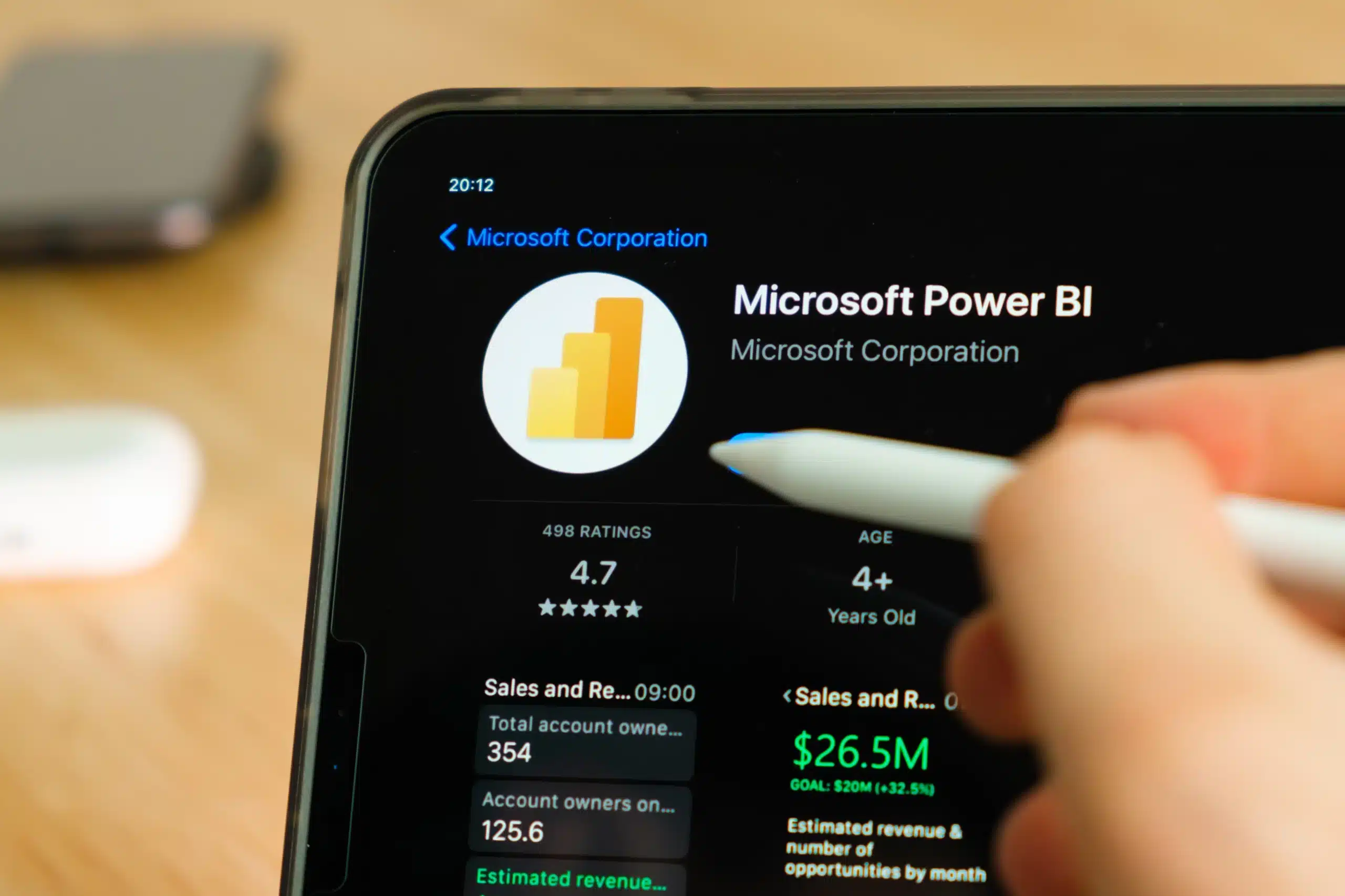


Susan walks into her office and wants to assign a job to Tom about absenteeism. But ironically it seems he’s not at work because he’s ill. So she decides to try doing the job herself. She takes her laptop and opens Power BI Designer for the first time. It looks enough like Excel to make her confident about using it. In no time she works through the data that the IT department has prepared, creates a report about employees and absenteeism over time and publishes it to the internal HR portal.
It strikes her that many of her colleagues have been ill more than average, especially in summertime. She doesn’t know why. In the afternoon she decides to go to the coffee machine. As she walks past Tom’s desk she notices that it’s rather chilly there. She looks up and sees a ceiling vent of the ventilation system. So she fetches her laptop and follows the trail of ceiling vents. As she passes her colleagues sitting at their desks, she checks the absenteeism report on her laptop. After passing five desks it seems very likely that the summer illnesses are caused by the ventilation system – the air under the vents is too cold. She takes out her smartphone and makes a call.
This scenario is now possible thanks to new software that will be released soon. Microsoft has made the public beta of its Power BI software available (you can download it here). If you want our opinion: download and start testing this version now. We believe it’s a great tool and one of the best for creating reports and dashboards quickly and easily.
The tool is meant to help management – sales, marketing, customer support, operations – in their decision-making by bringing together all the relevant data from all sources and making them easy to understand through graphical representations and KPIs.
Power BI aims to bring BI to departments other than the traditional ones (finance, production, etc.) and to smaller organisations. Any advanced user of Microsoft Excel will immediately understand Power BI. If you happen to be familiar with the Power Query or Power View plug-ins for Excel, you’’ll be working with Power BI in no time. What’s more, you don’t even need Microsoft Office to run Power BI.
The standard connectors to different data sources are what make Power BI so appealing. They connect to the usual suspects (SQL Server, Oracle and DB2), but also natively to Salesforce, Exchange, SharePoint, Dynamics CRM, Excel and many more. This is BI without first having to program data interfaces or set up a data warehouse.
A good way of getting started with Power BI is to gather data from different sources and put them in a report. Making the report public is just as easy – you can upload it to a portal and create a dashboard. The publishing to the portal is done through HTML5. So any modern browser can read the report and dashboard, including mobile browsers.
© 2022 Kohera
Crafted by
© 2022 Kohera
Crafted by